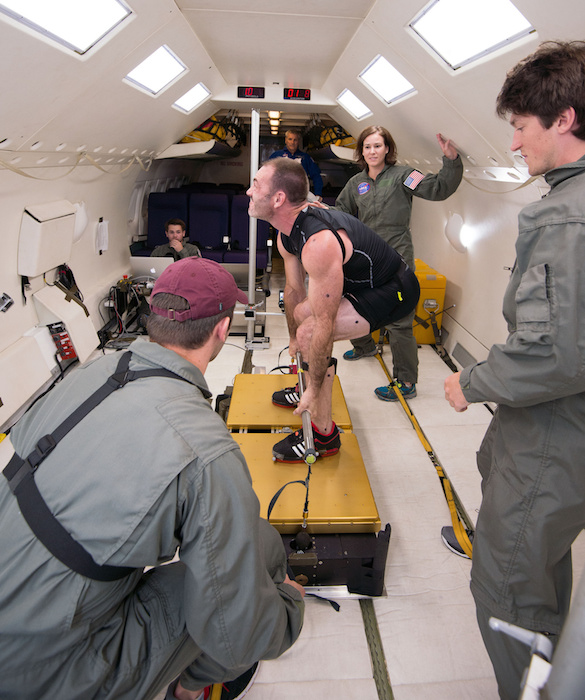Enhanced Dynamic Load Sensors for ISS (EDLS-ISS) Operational Feasibility for Advanced Resistive Exercise Device (ARED)
PI: Christopher Krebs, Aurora Flight Sciences Corp. - Cambridge
PI: Christopher Krebs, Aurora Flight Sciences Corp. - Cambridge

- TA06 Human Health, Life Support and Habitation Systems
- TA08 Science Instruments, Observations and Sensor Systems
Exercise countermeasures are used extensively onboard the International Space Station (ISS) today to mitigate bone mineral density loss and muscle atrophy among crewmembers during long duration spaceflight missions. These exercise countermeasure systems are generally effective, but currently include limited on-orbit collection and analysis of biomechanical data that may advance the efficiency of these systems in mitigating the incidence of bone and muscle loss. The utilization of a 6-DOF force/moment sensor allows for cause/effect tracking of exercise effectiveness as well as immediate feedback for astronauts using exercise devices, in particular the Advanced Resistive Exercise Device (ARED). By consistently measuring foot forces on the ARED, while also consistently tracking astronaut bone health, adjustments can be made (e.g. modified weightlifting protocols) that may improve effectiveness in mitigation of bone loss.
The objective is to test the EDLS-ISS in parabolic flight in order to extend its Technology Readiness Level to 6 and prepare it for use on the ISS. A functional prototype was developed under the SBIR Phase I contract, and the flight system, intended for use on-orbit, would be developed in Phase II.
NASA
Our tests will include demonstration of microgravity operation, verification of calibration stability, feasibility of our ARED interface design, and sample data collection during typical ARED use. These tests will ensure successful development and operation of the flight system for ISS.
Technology Details
-
Selection DateAFO8 (Apr 2014)
-
Program StatusCompleted
- 1 Parabolic
Development Team
-
PIChristopher Krebs
-
Organization
-
SponsorNASA SBIR

